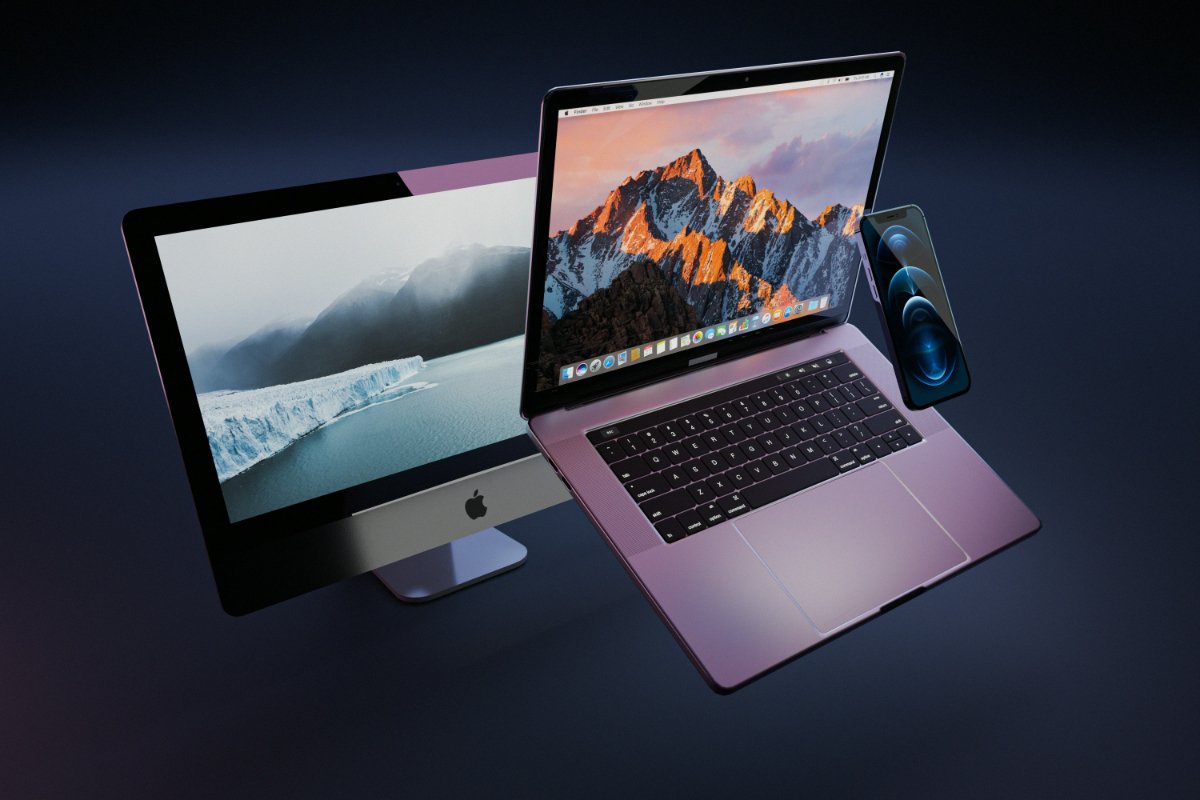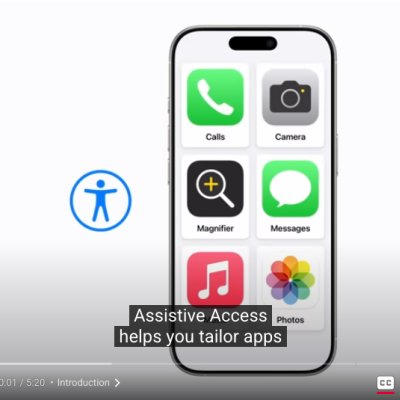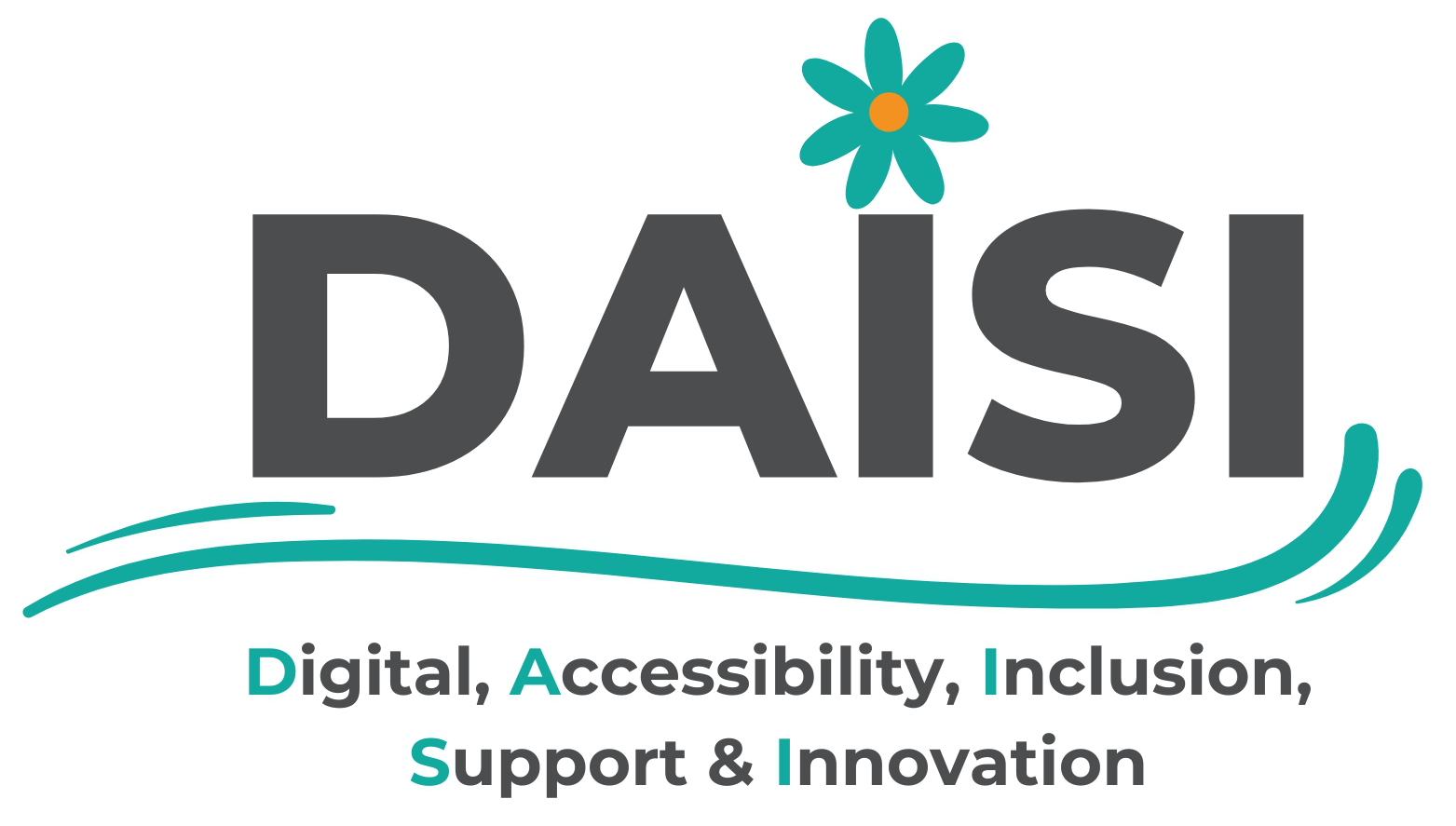Understanding Computing Devices: Types, Brands, and Functionalities
In today’s digital world, computing devices are at the heart of almost every aspect of life. From sending a message to managing international businesses or running artificial intelligence systems, computers have evolved from room-sized machines into powerful tools that fit in our pockets. Understanding their different types, major brands, and key functions helps us appreciate how technology continues to transform our world.
Types of Computing Devices
Computing devices come in many forms, each designed for a specific purpose and user need. They range from everyday personal devices to highly specialized systems that power entire industries.
1. Personal Computers (PCs)
Personal computers remain the most common type of computing device. They come mainly in two formats — desktopsand laptops.
- Desktops offer strong performance and flexibility. They are preferred by gamers, designers, and professionals who require powerful processing and graphics capabilities.
- Laptops provide mobility without sacrificing much performance. With long battery life and lightweight designs, they’re ideal for students, remote workers, and professionals on the move.
2. Mobile Devices
Smartphones and tablets have revolutionized personal computing. Smartphones serve as handheld computers capable of communication, multimedia, navigation, and productivity. Tablets, with their larger screens and stylus support, bridge the gap between laptops and phones, becoming popular among artists, educators, and business users alike.
3. Servers
Servers are the backbone of the digital ecosystem. They host websites, manage data storage, and handle vast amounts of network traffic. Whether it’s streaming video or sending an email, servers make the process possible behind the scenes. Large organizations rely on powerful server systems to maintain databases, cloud services, and virtual networks.
4. Embedded Systems
Embedded systems are computing units built directly into other devices to perform dedicated tasks. Found in cars, washing machines, ATMs, and industrial robots, these systems are often invisible but essential. They are optimized for reliability, speed, and efficiency rather than flexibility.
5. Wearable Devices
The rise of wearables — such as smartwatches and fitness trackers — has merged computing with lifestyle and health. These devices monitor heart rate, track steps, analyze sleep, and even detect irregular heart rhythms. They showcase how computing has moved beyond desks and pockets to become part of our daily routines.
6. Supercomputers
At the extreme end of computing power are supercomputers — massive systems capable of performing quadrillions of calculations per second. They are used for scientific research, climate modeling, cryptography, and advanced simulations. Governments and research institutions rely on supercomputers to solve some of the world’s most complex problems.
Major Brands and Manufacturers
The computing device market is diverse, with numerous manufacturers offering unique innovations. Below are some of the most recognised names and their key contributions:
| Desktops & Laptops | Dell, HP, Lenovo, Apple, ASUS, Acer | Wide range from budget to premium; Windows and macOS ecosystems |
| Smartphones & Tablets | Apple, Samsung, Google, Xiaomi, Huawei | Distinct OS platforms (iOS, Android); focus on design and camera technology |
| Servers & Enterprise Systems | IBM, Dell EMC, HPE, Cisco | High reliability and scalability for corporate and cloud environments |
| Wearables | Apple, Fitbit, Samsung, Garmin | Advanced health monitoring, connectivity, app ecosystems |
| Embedded Systems | Intel, ARM, NVIDIA | Energy-efficient processors and specialized chip designs for automation |
Each of these companies contributes differently to the ecosystem. Apple focuses on seamless design and ecosystem integration; Dell and HP target performance and affordability; Samsung and Google emphasize innovation and software intelligence; while companies like Intel and ARM provide the core architecture that powers almost every computing device.
Key Functionalities
All computing devices, regardless of type, share fundamental features that define their purpose:
- Processing Power: Managed by CPUs and GPUs that determine how quickly tasks are executed.
- Storage: Ranges from traditional hard drives (HDD) to faster solid-state drives (SSD) and cloud storage solutions.
- Connectivity: Enables communication through Wi-Fi, Bluetooth, 5G, and Ethernet.
- Input and Output: Includes touchscreens, keyboards, voice assistants, and sensor technologies.
- Operating Systems: Software environments like Windows, macOS, Linux, Android, and iOS that define user experience and app compatibility.
- AI Integration: Increasingly, devices use artificial intelligence for voice commands, predictive typing, and automation to make interactions smarter and more intuitive.
Trends and Emerging Technologies
The computing landscape continues to evolve rapidly. A few major trends are shaping the future:
- Artificial Intelligence (AI): Devices now learn user behavior to deliver personalized experiences.
- Cloud and Edge Computing: Allow users to store data remotely and process information closer to the source, improving speed and reliability.
- Sustainability: Brands are adopting recyclable materials and energy-efficient designs to reduce environmental impact.
- Foldable and Hybrid Devices: Combine the power of laptops with the portability of tablets.
- Quantum Computing: Though still experimental, it promises unprecedented processing speeds and could revolutionize cryptography, data analysis, and scientific research.
Conclusion
From early mechanical machines to today’s intelligent, connected systems, computing devices have become essential companions in modern life. They help us learn, communicate, create, and innovate. Whether you’re using a smartphone to navigate the world or a supercomputer to model the universe, every device reflects humanity’s constant drive to push boundaries.
As technology continues to advance, our task is no longer just to keep up — but to use it wisely, ethically, and creatively to shape a smarter, more connected future.





